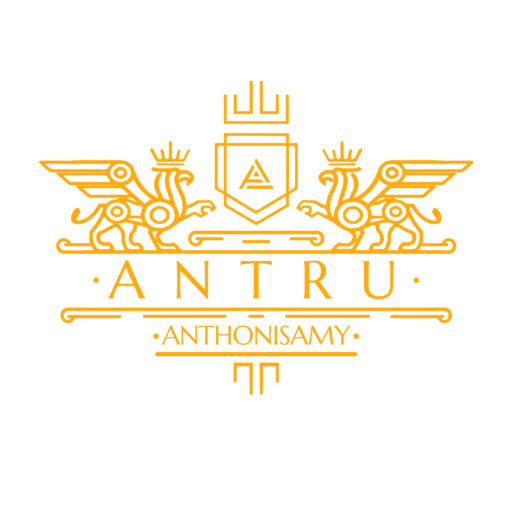The tissue level of organization
Cells are the smallest structural and functional unit of life. Tissue is a group of cells of similar function and origin that form functional units An organ group of tissue adapted to perform specific functions An organ system is group of organs work together to perform more functions Organism Tissue preparation for light microscope Tissue […]
Weeks 7 and 8 of Embryonic development and External Embryo Appearance
Week 7 of development ◦CONNECTION BETWEEN THE GUT AND YOLK SAC consists of only the small yolk stalk Umbilical herniation occurs; intestines during rotation of the gut enter the extraembryonic coelom in the proximal portion of the umbilical cord ◦THE LIMBS change markedly during this week The forelimbs project over the heart Notches are seen […]
Weeks 4 to 6 of The Embryonic Development
During this relatively short embryonic period (weeks 4 to 8), one sees the beginnings of all major internal and external structural (organ and organ systems) develop during which time the 3 germ layers give rise to specific tissues and organs – the period of organogenesis. The shape of the embryo changes, and major features of the […]
Week 3 of Embryonic Development
Trilaminar Germ Disk Embryo Formation and Gastrulation week 3 is a period of rapid development of the conceptus coinciding with the first missed menstrual period. By days 15-16, the embryo is 1.5 mm long, and one clearly sees the primitive streak, Hensen’s node, and the notochordal process- All morphologic indications characteristic of gastrulation. The latter […]
Week 2 of Embryonic Development
Week 2 is about the implantation process and blastocyst differentiation. Note that all cells produced from the initial fertilization event are defined as the “conceptus” and will include cells with both embryonic and extraembryonic features. In the conceptus, this is a period of blastocyst “hatching” rapid blastocyst differentiation into extraembryonic and embryonic tissues and proliferation. […]
Week 1 of Embryonic Development
The first week of human development begins with fertilization of the egg by sperm forming the first cell, the zygote. Cell division leads to a ball of cells, the morula. Further cell division and the formation of a cavity in the ball of cells forms the blastocyst. Initially, there is a halving of chromosomal content in the gametes […]
Implantation
Implantation is the stage in embryonic development in which the blastocyst hatches as the embryo, and adheres to the wall of the uterus. Once this adhesion is successful, the female is considered to be pregnant and the embryo will receive oxygen and nutrients from the mother in order to grow. We can learn this lesson […]
Fertilization
Fertilization is the union of male(sperm) and female(oocyte) gametes to form a zygote and marks the beginning of the pregnancy. Embryonic life begins with fertilization. Fertilization process require 24 hours. During this lesson we need to discuss about Ovulation Getting the spermatozoa ready Key steps of fertilization The formation of the zygote Abnormal Fertilization Ovulation […]
Cell Cycle
A cell cycle is a series of events that takes place in a cell as it grows and divides. A cell spends most of its time in what is called interphase, and during this time it grows, replicates its chromosomes, and prepares for cell division. The cell then leaves interphase, undergoes mitosis, and completes its […]
Muscle Contraction
The sequence of events that result in the contraction of an individual muscle fibre begins with a signal—the neurotransmitter, ACh—from the motor neuron innervating that fibre. The local membrane of the fibre will depolarize as positively charged sodium ions (Na+) enter, triggering an action potential that spreads to the rest of the membrane will depolarize, […]
